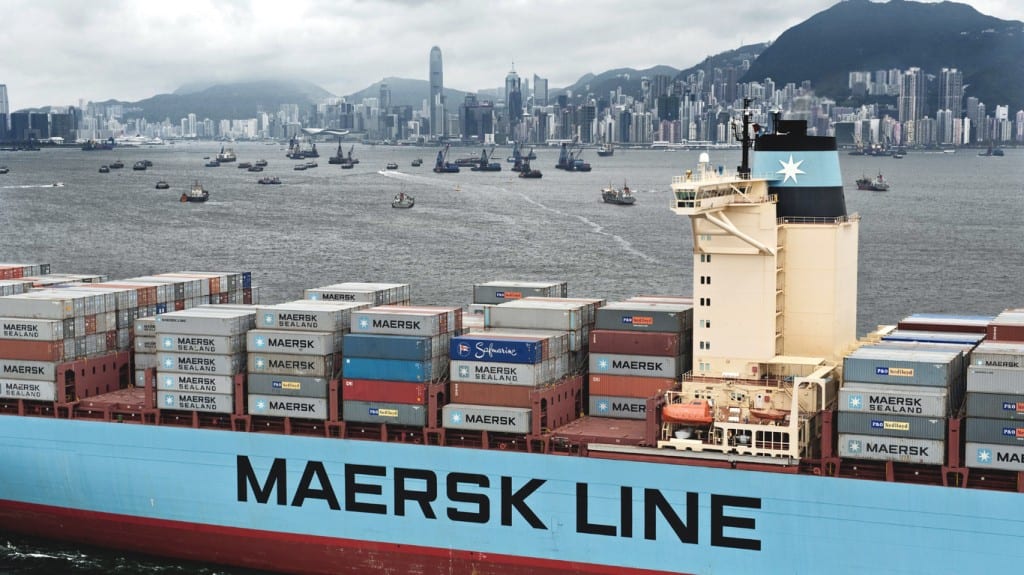
The container shipping arm of Danish conglomerate AP Moller-Maersk A/S says the company saw strong growth in shipping volumes from Asia to the rest of the world in the first weeks of the year, sounding a positive tone for an industry still struggling with weak demand and overcapacity.
The world’s biggest container shipping line by capacity estimates shipping volumes out of Asia increased 10% to 15% over last year in the runup to this month’s Lunar New Year break, as retailers rushed to move goods out of China before the nation’s factories shut for a couple of weeks.
“There has been more demand certainly this time around than it was last year…That in itself is a positive sign of a good start to the year,” Robbert Van Trooijen, chief executive of Maersk Line Asia Pacific, said in an interview.
“What we don’t know yet is what will happen when the factories come back from collective holidays. We don’t know how fast production would pick up after factories come back and to what level of exports they would resume,” Mr. Van Trooijen said.
Despite the strong start, falling freight prices and excess capacity continue to haunt the global shipping industry, with spot shipping rates in major trade lanes near record lows. Shipping consulting firm Drewry Maritime Research estimates the container shipping sector faces a loss of more than $5 billion in 2016.
Overall shipping capacity for the industry rose 8% last year, with nearly all the newly-delivered ships idled, said Mr. Van Trooijen. He said it would take several years for the industry to reach a better balance between supply and demand.
The low freight rates helped drag Maersk Line into a fourth-quarter net loss of $182 million, compared with a net profit of $655 million a year earlier. Spot freight rates in December for shipping on the key trade lane from Shanghai to Europe’s Port of Rotterdam were down 79% from early 2015 to around $222 per twenty-foot equivalent unit, a standard measurement for shipping containers. That level isn’t considered profitable for most lines.
The performance of the container-shipping industry, which carriers a wide range of consumer goods and industrial products, is considered an important barometer of the global economy.
“We certainly feel that the current level of freight rates isn’t creating any more demand. It’s not because of low freight rates that demand would increase,” said Mr. Van Trooijen.
A need to restock retail warehouses and store shelves in Europe this spring after cautious retailers kept inventories very low in 2015 may help fuel demand on the Asia-Europe trade lane. Meanwhile, the trans-Pacific trade for shipments from Asia to North America will likely continue to deliver moderate growth on the back of a rebounding U.S. economy.
But Mr. Van Trooijen said demand for shipping from Europe to Asia, which is largely dominated by goods such as base manufacturing materials, wastepaper and chemical products, will remain weak in 2016, as currency weakness in Asia and China’s economy slowdown hamper local purchasing power.
“I don’t yet see that there’s going to be a major recovery in 2016” for the Europe-Asia trade, he said.